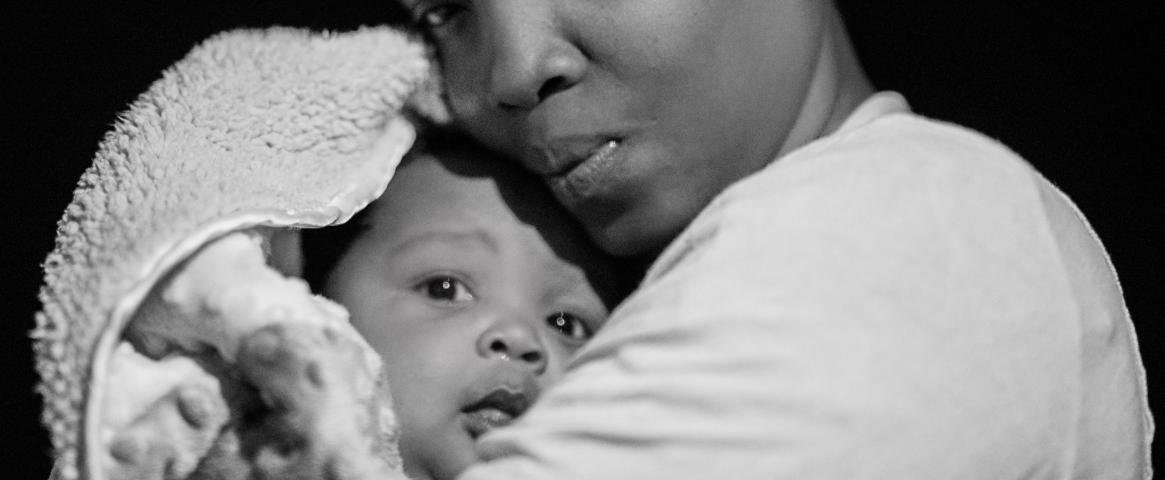By Emily Huegler
Linda Villarosa said she writes liberation journalism with a hardcore edge, hoping to prove that there is more to stories of racial justice and systemic racism than the individual responsibility of people of color. Her Pulitzer-Prize winning New York Times Magazine article “Why America’s Black Mothers and Babies are in a Life-or-Death Crisis” was the highlight of the ScienceWriters2021 session “Science Journalism Meets Social Justice,” which explored the journalistic coverage of scientific topics in this time of racial reckoning.
Moderators Nicholas St. Fleur and Evelyn Hammonds led a discussion on Villarosa’s article and later, a panel of experts in Black maternal and infant health joined the conversation, giving context and insight to the history behind the article’s topic. The goal: to understand the unique storytelling perspectives of people of color and to learn to become more effective and inclusive in science reporting.
Vanessa Northington Gamble, professor of medical humanities at George Washington University and a scholar on the panel, began by drawing attention to a specific part of Villarosa’s article in which she talks about W.E.B. Du Bois’ book “The Philadelphia Negro.” Published in 1899, Gamble said Du Bois’ book brings to light the inadequate social conditions causing Black infant mortality in hospitals. The high infant mortality rate is “not a Negro affair, meaning it’s not in the bodies of Black people,” said Gamble. “For over 100 years, we’ve been trying to have a conversation where it’s not just focusing on the bodies of Black people somehow being different.”
Villarosa has precisely this conversation in her article, and it is one reason it has received high praise. Rachel Hardeman, director of the Center for Antiracism Research for Health Equity at the University of Minnesota, said that she wept while reading Villarosa’s article for the first time. “Not because I was reading something I never heard before,” Hardeman said to Villarosa, “but because of how beautifully you laid out the humanity of Simone’s story, and also did what I work so hard to do as a researcher, which is to leverage the data, the science, and the statistics to tell the story.”
The emotional depth, according to Jessica Lustig, Villarosa’s editor at the New York Times Magazine, comes from Villarosa’s own struggles being a pregnant Black woman. “That’s a critical part of the story because that was hard-won experience, lived experience,” said Lustig. “Linda really had that, and she notes in the story what that was like, and that is also humanizing”
And the effective leveraging of science has to do in part with the airtight quality of reporting and Villarosa’s relationship to her sources. “One of the things that we knew going in was that this story was going to have to be bulletproof,” Villarosa said, “because a lot of people are invested in believing that there’s maybe not a systemic reason for outcomes.”
This is a preconception that panelists recounted journalists, editors, and other colleagues as having. Hardeman said she often finds herself having to do the work of educating journalists from the very beginning in order to give them enough context to tell the story authentically. “My personal goal is to ensure that we can leverage our research to change the narrative, particularly around racism,” Hardeman said. “And that requires engaging with really good and thoughtful journalists who are willing to tell those stories and are really willing to listen and understand the nuances of these issues.”
Lustig also pointed to the importance of editors in highlighting stories that deal with racial injustice, and the writing of journalists of color. “It's incumbent on people with this kind of role to pay close attention to the stories that we are assigning, which journalists get the chance, and repeated chances, to do the kind of work that is on a platform like The New York Times and The New York Times Magazine, and which experts are cited,” Lustig said.
The panelists also advocated for telling stories of Black people fighting against racism and oppression, which may not be told as often as stories of oppression. “There is a way in which we have to constantly disrupt this narrative of Black people as victims and not Black people as agents in trying to fix an enormously broken system,” Hammonds said. “It’s been really important.”
Hero image by Andrae Ricketts on Unsplash.




